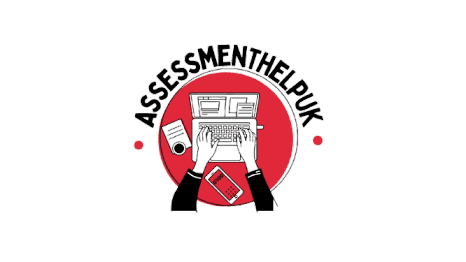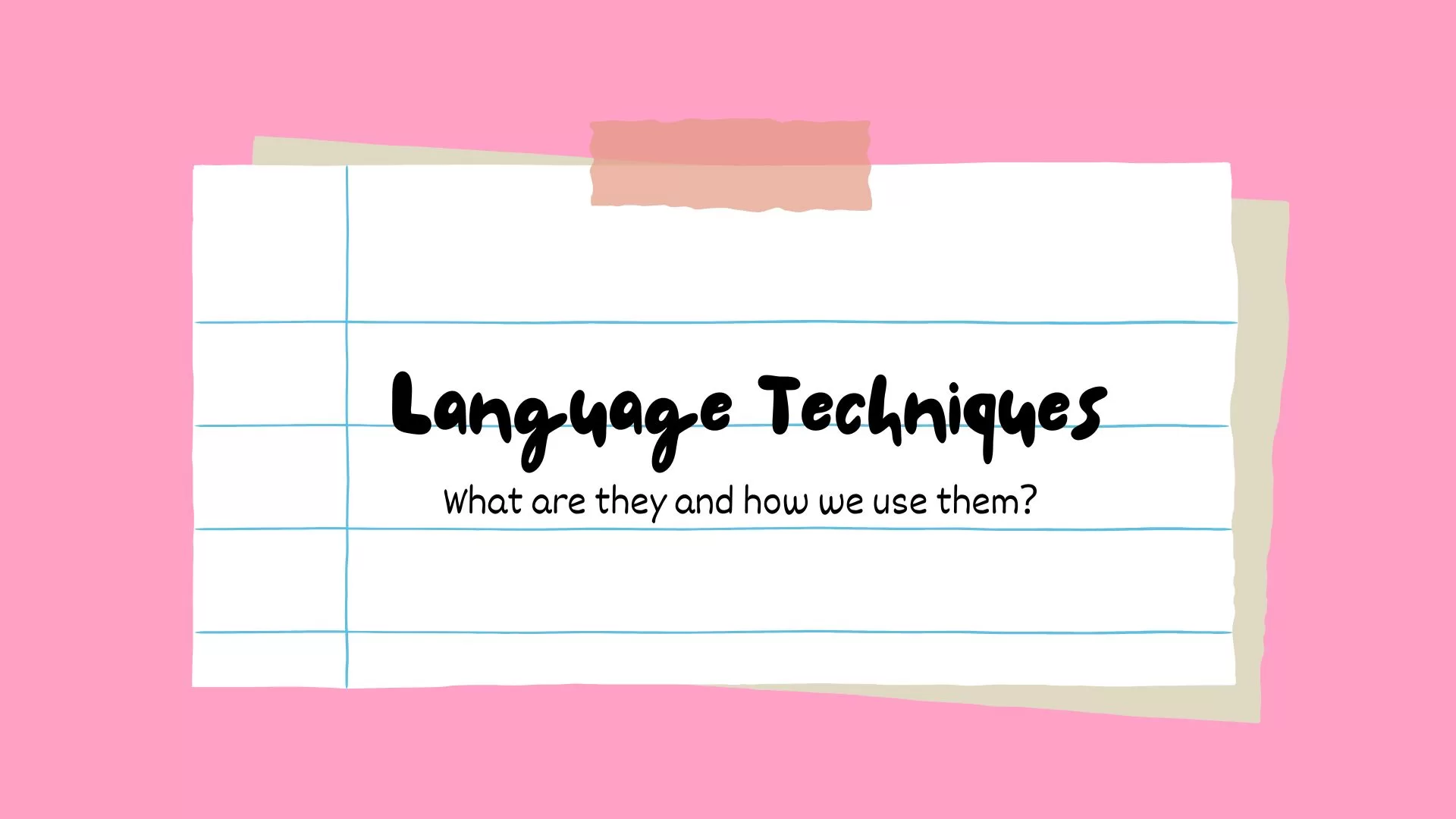Understanding the Power Behind Words
Using the right language technique is much more than fancy literary devices or creative flourishes; they’re the solid foundation of influence itself. Regardless of its business, storytelling, marketing, or daily communication, incorporating such techniques can mold a message on how they feel, not just what it says. They’re what make a line even more memorable, a campaign persuasive, or a speech that’s totally unforgettable.
Think about it as an invisible architecture of tone and rhythm. The voice of a sentence can be direct, emotional, ironic, or even compel attention in the arrangement of the words and layers of voice. For example, repetition creates emphasis, metaphors can make even a complicated idea more relatable, and contrast invites engagement. Let alone that technique doesn’t exist in isolation, it is how it is combined and employed as a technique that determines a voice.
Why Language Techniques Matter in Every Field
From boardroom to bedroom, language techniques aren’t just for writers. They play a pivotal role in leading communication, marketing strategies, storytelling, and even customer service. A well-crafted message can change the entire perception. Build or break trust all without feeling forced. In professional writing, using the right technique changes information into a connection. The majority of businesses that communicate clearly and emotionally tend to be remembered for quite a while. And in the academic realm, language techniques just turn simple text into a boasting analytical power, helping students to interpret the meaning underneath the surface of the words.
A Link Between Strategy and Expression
Surprisingly, language techniques share some elements in common with strategic planning mistakes, when the intent behind your message isn’t loud and clear, even the best ideas could lose their strength. Just like an unclear strategy that weakens implementation, an unclear expression weakens understanding. And this is why it’s important to learn how to use language techniques quite effectively, which isn’t just about writing better. It’s about thinking better.
Core Language Techniques Explained
The Foundation of Impactful Communication
In order to understand language techniques, first and foremost, you need to see them as tools of purpose, not just any random decoration. With each phrase, pause, and comparison, it has a certain role in showing emotion and meaning. These techniques can inform, persuade, inspire, or even unsettle, depending on how you use them. Just below are some of the most widely used and powerful language techniques that play a pivotal role in modern-day writing, marketing, and communication.
1. Metaphor and Simile: Turning Abstract into Visual
Starting off with the first one, a metaphor always puts comparison without ever using “like” or “as,” while a simile does. Random and out-of-context thoughts are injected into something that readers can picture.
Let’s say:
- “Time is a thief.” (metaphor)
- “Her smile was like morning sunlight.” (simile)
These techniques allow audiences to emotionally see what’s being said, bridging logic and imagination.
2. Repetition: The Architecture of Memory
Repetition, when done correctly, fosters an idea in the listener’s or reader’s mind. Advertisers, poets, and politicians use it quite masterfully. Take an example of Martin Luther King Jr.’s “I have a dream”; every repetition didn’t just restate a thought, it sparked an emotion. In branding or strategic messaging, repetition builds rhythm and recognition, turning statements into signatures.
3. Contrast: The Hidden Engine of Attention
Nothing ever gets faster attention than difference. Contrast places that oppose ideas side by side to create energy, whether light or dark, silence and noise, speed and stillness. It’s a language technique that shows real-world tension and balance. In professional writing, it helps highlight distinctions or create a subtle sense of shift.
“You don’t need louder words; you need sharper meaning.”
4. Alliteration and Rhythm: Sound as Strategy
Alliteration (the repetition of consonant sounds) and rhythm can be used artistically in poetic ways, but they are also psychological cues that make a phrase more catchy, flowing, and ultimately, memorable.
Think of catchy slogans like “Reduce, Reuse, Recycle” or “PayPal. Fast. Fair. Flexible.” The repetition of sounds and the rhythm of language create patterns and create familiarity. You create an element of persuasiveness with no serious attempt. The strategies you utilize could simply depend on your style and format.
Applying Language Techniques in Practice
To have profound techniques in language is one thing, but applying them effectively is where your skill becomes the right strategy. So if you are someone who writes internal business memos, maintains brand messages, or writes a thought-provoking essay, each of these techniques serves a specific purpose. Think about them as instruments in an orchestra: individually powered, but transformative when played together with the right precision and balance.
The secret ingredient is intentionality. Don’t just use metaphors because they sound too creative; use them in order to simplify complex ideas, don’t add too much repetition to emphasize a key point, and use them strongly to strengthen rhythm or recall it. Every word, every structure, should exist in order to guide emotion, focus, or clarity.
Using Techniques Beyond Writing
Language techniques can go beyond writing. They play a crucial role in your presentations, negotiations, and even strategic communication. For example, contrast can make your argument sound more balanced and natural, rhythm can make speech even more memorable, and repetition can change a message into a movement.
When it’s applied in a certain professional space, such as marketing or corporate strategy, these same tools allow leaders and brands to convey ideas that move people, not just keep them in the loop. Further, if you want to explore how precision and clarity could influence larger frameworks such as organisational goals, take a look at my previous blog about the common mistakes to avoid in strategic planning. It shows how language and direction work together in shaping long-term success.
The Art of Purposeful Communication
Language techniques always teach us that communication isn’t just about having complexity; it’s about building that connection. The most effective communicators are not the ones with the most elaborate language; they are the ones who can make simple and intentional choices to create emotion and meaning. When you master techniques with language, you don’t just communicate, you motivate, inspire, and lead.
FAQs
What are the most effective language techniques for persuasive writing?
Persuasive writing often relies on rhetorical questions, emotive language, and repetition to strengthen impact.
How do language techniques improve communication skills?
They help you express ideas with clarity, emotion, and precision, ensuring your message resonates.
Can language techniques be used in professional communication?
Yes, using tone, structure, and rhetorical balance can enhance workplace emails, reports, and presentations.
What’s the difference between literary devices and language techniques?
Literary devices create artistic expression, while language techniques focus on clarity, tone, and audience engagement.
How can students master different language techniques easily?
Start by analysing speeches, essays, and adverts, then practise applying those same techniques in writing.
Why are language techniques essential in modern marketing?
They shape emotional tone, build brand trust, and make copy more memorable to readers.



